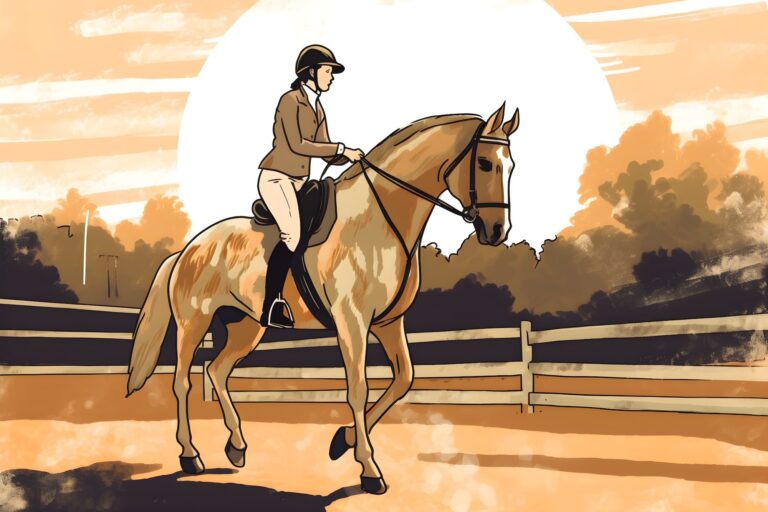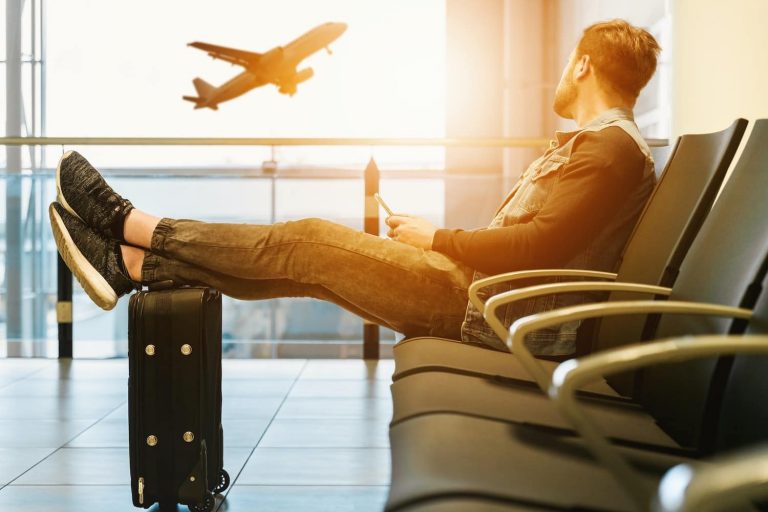Learn about Indigenous Australia — Six Essential Resources
The first week of July every year is NAIDOC week. This is a great time to find out what’s going on locally, but the resources are usually available year-round.
These are resources we’ve discovered to learn about Indigenous Australia (culture, art, history, language, geography, and more) from home.
One of our missions is to become more familiar with cultures of places that we’re from.
As an Australian citizen, I’ve always felt a huge gap in my knowledge regarding the indigenous people and the ancient history of my own country. I don’t have any Aboriginal friends as an adult, I know little about the language, and I only know a few stories from children’s books.
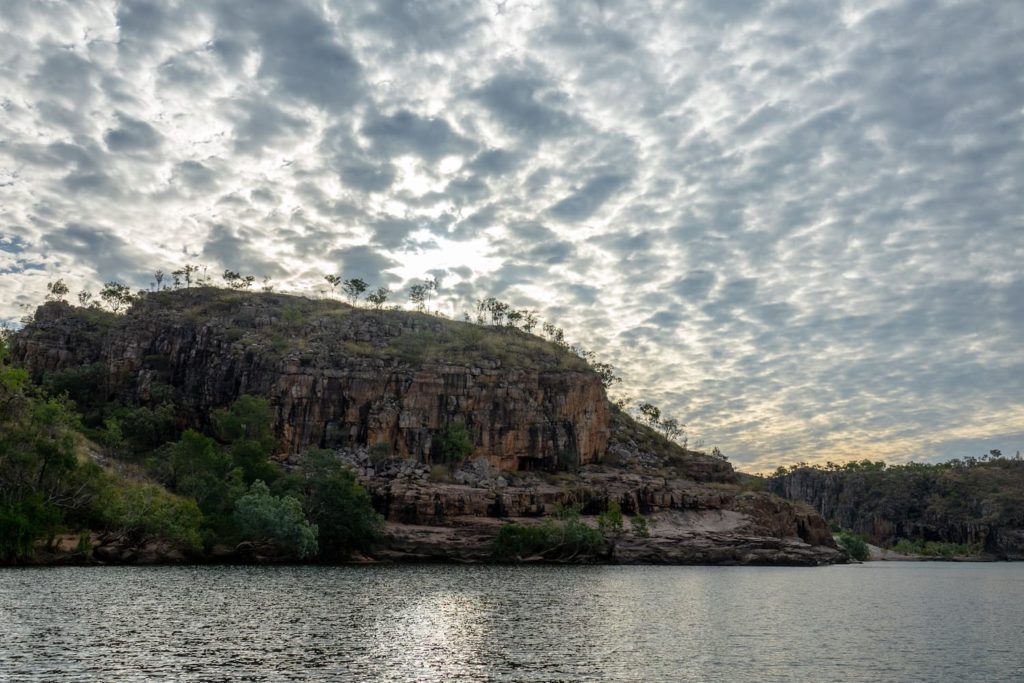
So as part of my quest to get closer to Aboriginal Australia I’ve started compiling easily available online resources for learning. Here they are!
We’ll keep adding to this post as we find more resources.
Websites and Online Resources for learning about Indigenous Australia
Here’s a small collection of websites that I’ve found that are free for use to learn about Aboriginal Australians and Indigenous culture.
Share Our Pride website
Introductory educational website
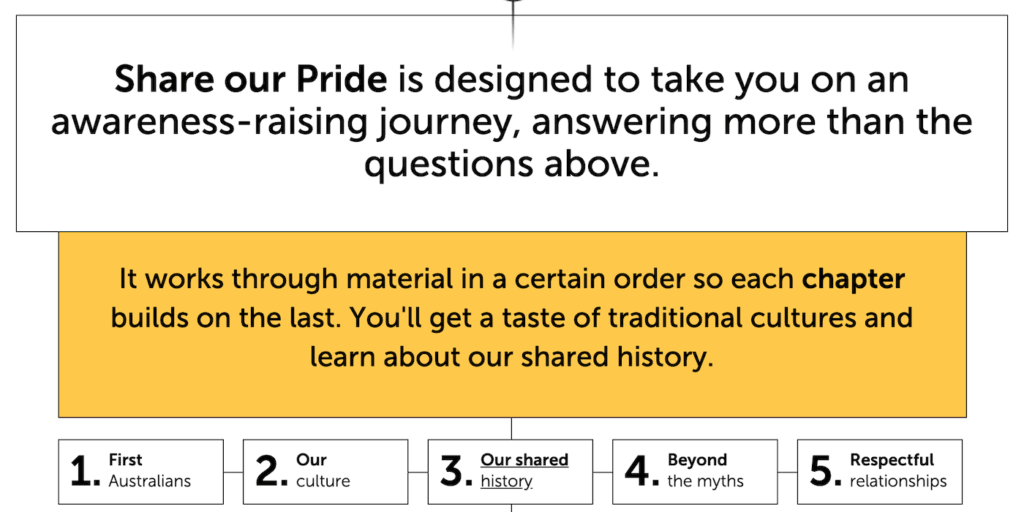
Share Our Pride is a website that’s part of Reconciliation Australia.
They initially built it as an easy-to-understand site about Indigenous Australian concepts to educate employees of a couple of major Australian companies (who paid for it to be built).
Aboriginal and Torres Strait Islander people from across the country helped with the content to make sure it’s correct AND easy to understand.
The website is broken up into sections that give a general overview of Aboriginal and Torres Strait Islander culture and bust a few common myths.
“One of the biggest myths about Aboriginality is that if you have fair skin, you can’t be Aboriginal or Torres Strait Islander.”
– Share Our Pride
The site is deliberately introductory, and the authors recommend that you go on to speak to Aboriginal Australians to get further education.
Gambay Indigenous language Map
A map of Indigenous Australian languages and peoples
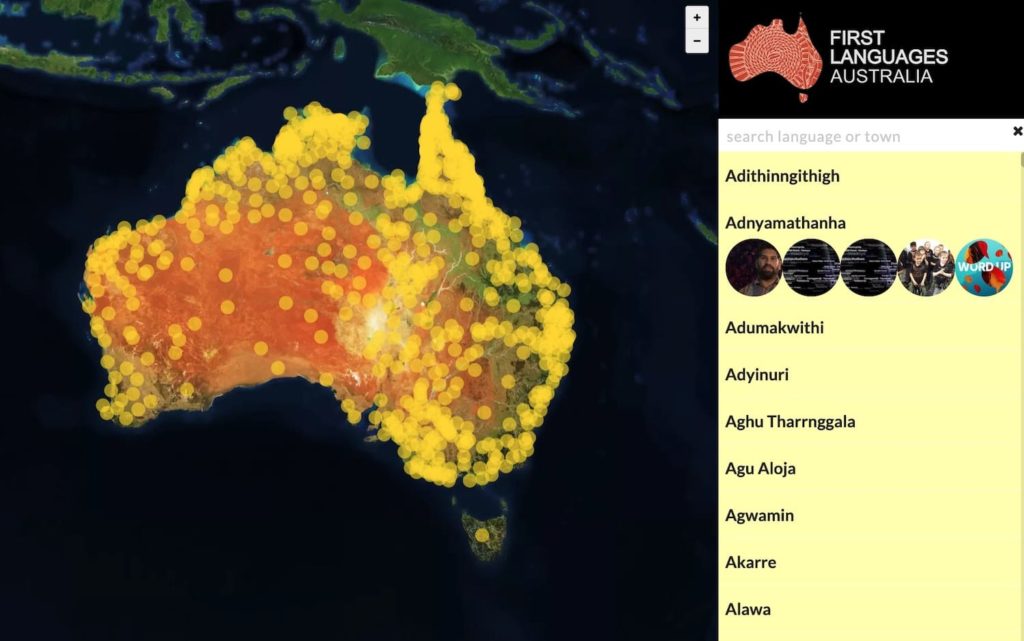
There are many hundreds of individual indigenous languages in Australia. The Gambay languages map, produced in collaboration with an organisation called First Languages Australia, is an interactive map of them all.
You can search by typing in the name of a town, or the name of a language, or just search by moving around the map or scrolling down in alphabetical order.
The map doesn’t give any indication of the size of a language (how many speakers). For some of them it links to another resource where you can learn more about the people who speak the language.
So in general, this map gives you an idea of the geographic spread of languages and how many there are but doesn’t tell you much more about them.
AIATSIS Map of Indigenous Australia
A historical record of Indigenous Australian groups
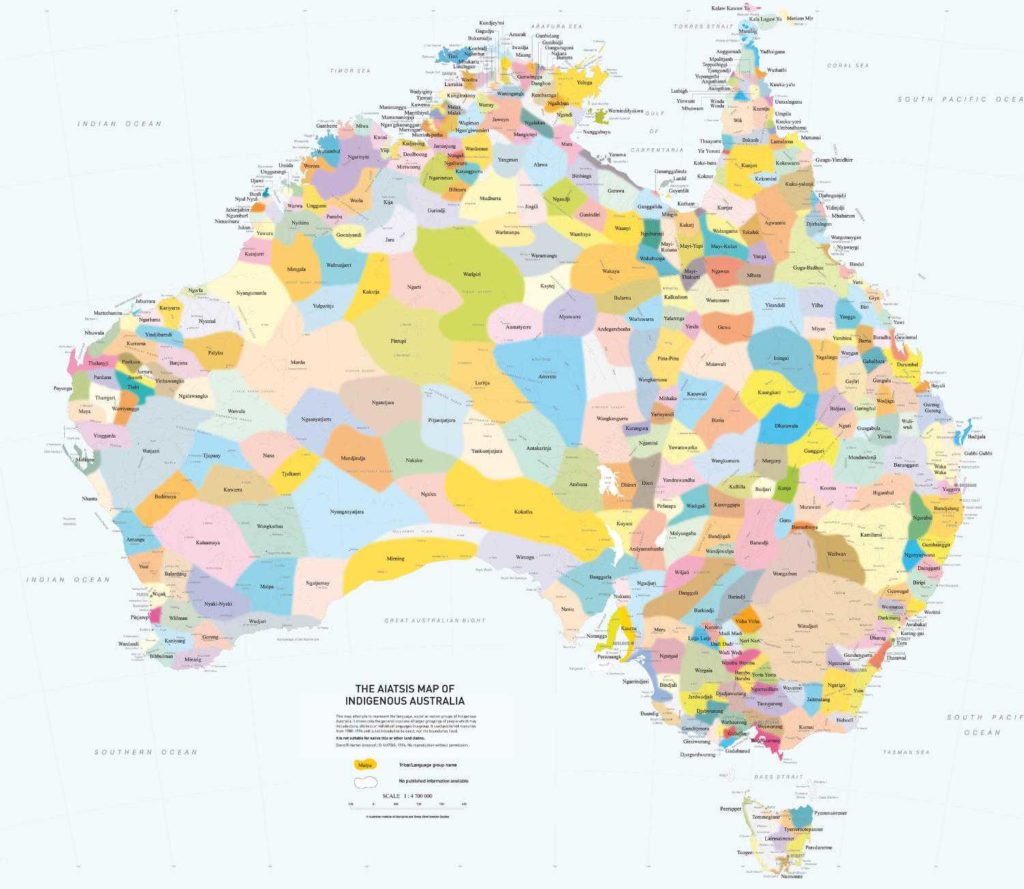
This map of Indigenous Australia is an attempt to represent all the language, tribal and nation groups of the Indigenous peoples of Australia.
It was created based on resources available after the 1980s as part of a larger research project (to write the Encyclopedia of Aboriginal Australia), and so, of course, a lot of the information is not exact. The creators of the map themselves say:
The information on which the map is based is contested and may not be agreed to by some traditional custodians. The borders between groups are purposefully represented as slightly blurred. They do not claim to be exact.
Despite that, the map is pretty cool. It’s fun to browse, and it’s tempting to buy a printed version for the wall to stare at.
Books about Indigenous Australia and Aboriginal Australian history
There are quite a few books about Aboriginal Australians. The problem is, many of them are quite academic and not really readable by your average person like you and me (I get bored and am not interested in footnotes; I just want to trust the author).
Because I’m more interested as a regular human being — not an academic, journalist, or tourist — I went on a hunt for resources that could really help me connect.
Welcome to Country by Marcia Langton
Introduction to Australian Aboriginal culture book, available as e-Book (on Kindle for example)
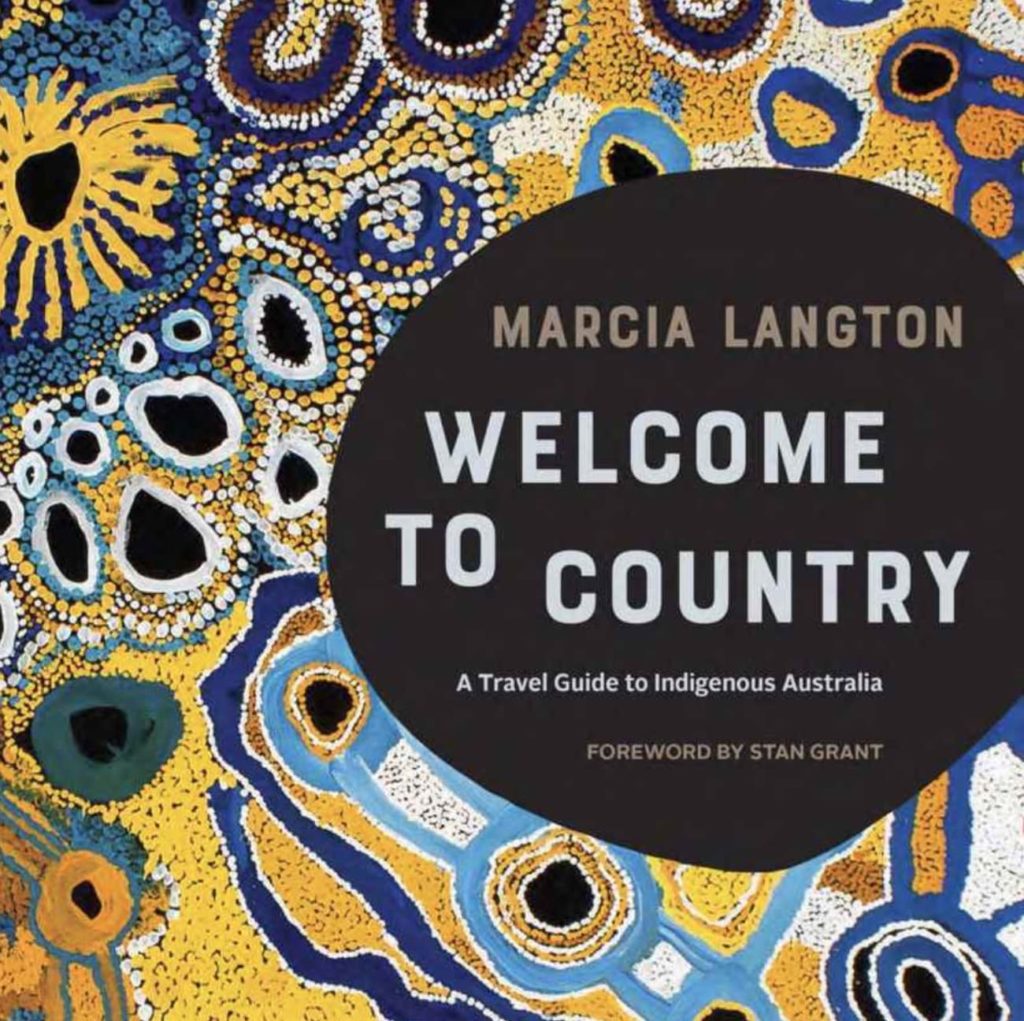
This book, Welcome to Country, is a “travel guide to Indigenous Australia” by Professor Macia Langton, a prominent scholar on Indigenous Australian culture.
Even though it’s written by an academic (“Am I about to read someone’s PhD thesis?”), Professor Langton wrote this book in a very conversational style.
‘Welcome to Country’ gives a brief overview of Aboriginal cultures, languages, music, dance, art and storytelling. It’s pretty broad in its description, but there are a few specific glimpses into the complexity of Aboriginal cultures in Australia.
Like check out this diagram about the Warlpiri skin system that does my head in (I think this is on purpose!):
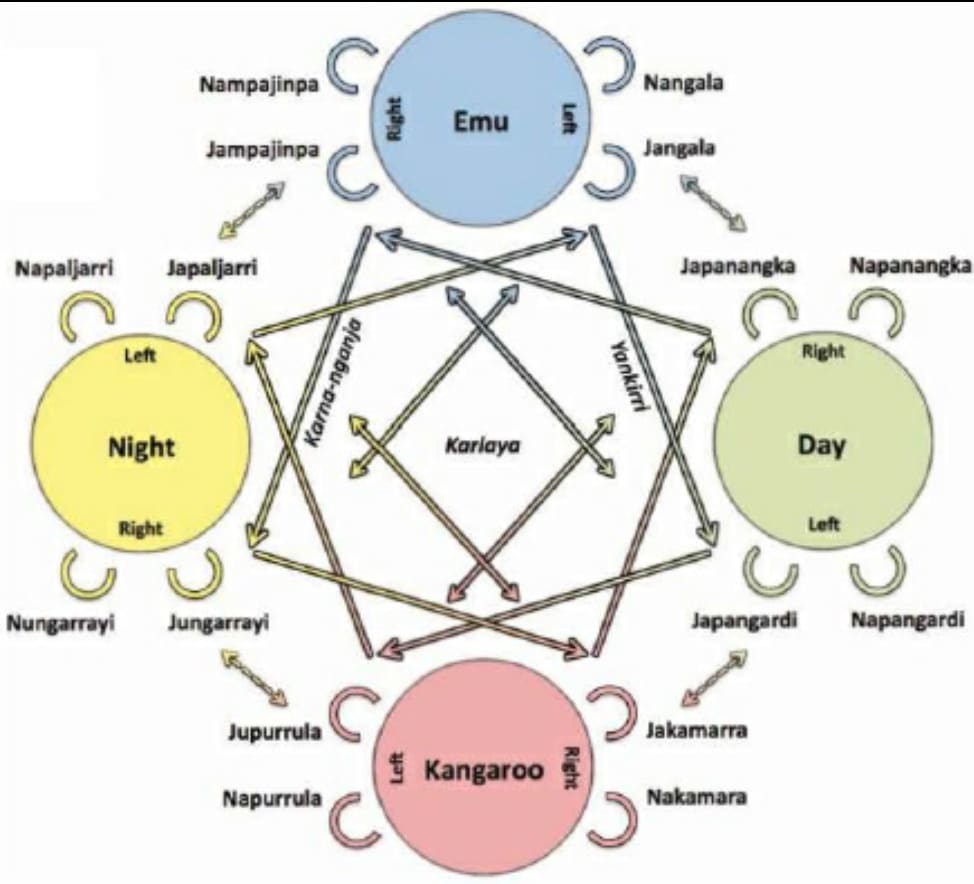
As an Australian — or visitor — you might have had exposure to one of many parts of Aboriginal Australian culture, but be missing information about others. For example, I know very little about Aboriginal art, just that it exists. This book gave me an overview and a platform to become interested and learn more.
The Little Red Yellow Black Book by Bruce Pascoe
Physical dead tree book only. Introduction to Aboriginal Australian culture.
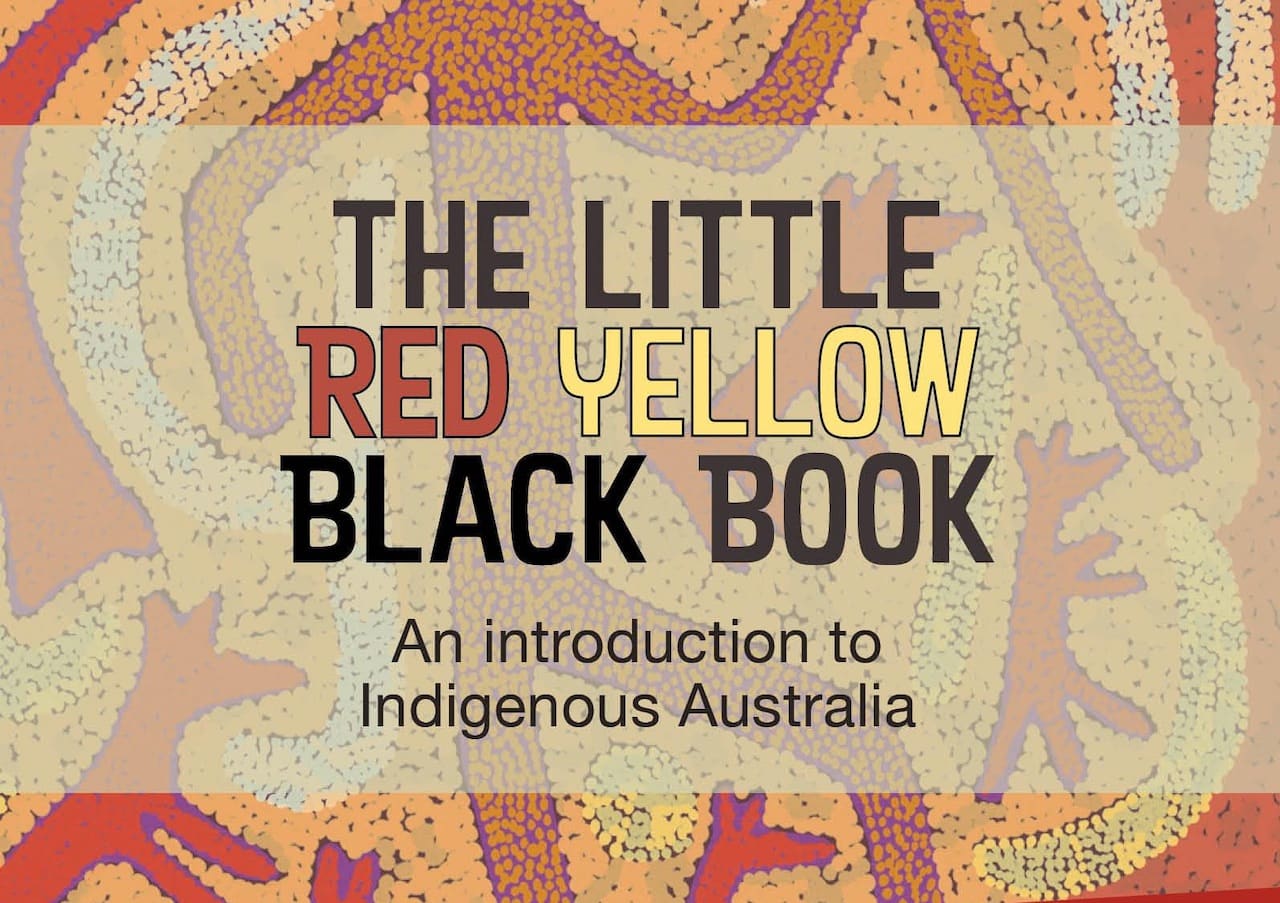
The Little Red Yellow Black Book (named cheekily after Mao’s Little Red Book) is a great starting point for those who want to learn about the cultures and histories of Australia’s First Peoples.
It’s written from an Indigenous perspective in a highly accessible style, with lots of illustrations. It covers topics including history, culture, arts, activism, and reconciliation.
‘The Little Red Yellow Black Book’ also illustrates contributions by Aboriginal and Torres Strait Islander people have made to Australia.
You get an overview of important cultural concepts like:
- The Dreaming
- Ancestral Heroes and their significance, and
- What “Country” means
Like ‘Welcome to Country’, this book is a good overview. It’s unfortunately not available as an eBook, but you can buy it here.
Documentaries and films about Indigenous Australia
Not a fan of reading? You can also watch documentaries and films to get a basic introduction to Aboriginal Australia. Here are a few well-recommended ones.
SBS First Australians documentary series
Comprehensive documentary about Aboriginal Australians

The First Australians documentary series is a seven-part documentary, in total 7 hours long.
You need to create an account on SBS (a public-access television station in Australia, much like NPR in the US or the BBC in the UK, but with more of an international/cultural outlook) to watch it, but it’s free.
People generally say that if you watch the First Australians series, you’ll know more than the lion’s share of Australians about Aboriginal Australia!
I haven’t watched it (yet), because I generally don’t watch much TV, but it’s what I’ll do next.
Other resources?
The strange thing about most educational resource regarding Indigenous Australia is that they’re either for people in school or people in university (courses which aren’t free). There are also “TAFE” resources and adult education courses.
This is great if you’re a student, but what if you’re just an interested party like me? It’s hard to figure out where to go.
There’s seemingly little “general information” content out there for adults who want to get a better understanding that’s free.
Some places I have yet to go exploring further are
- Museums
- Cultural centres (there are more of these in areas with larger Aboriginal populations like in Darwin and Katherine)
- Universities (anything general they might offer)
As I find anything good, I’ll share it here. But if you have something to share, please do.


